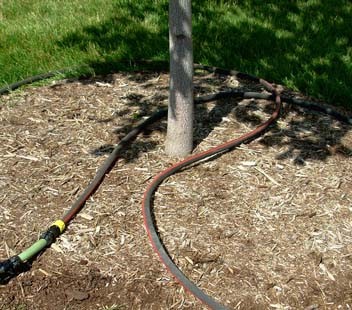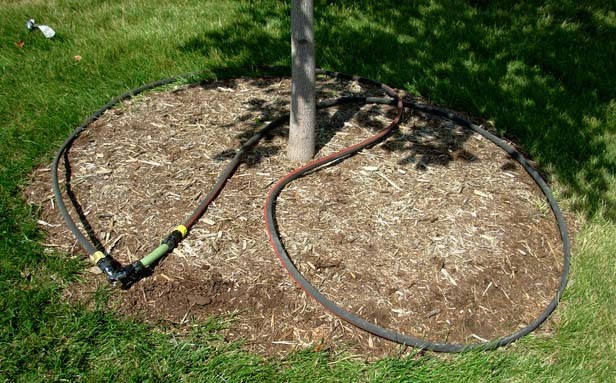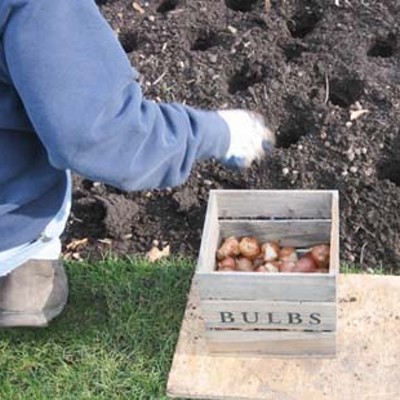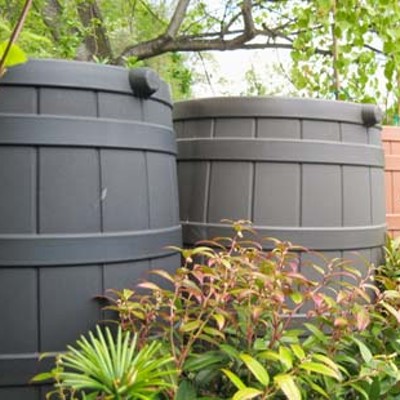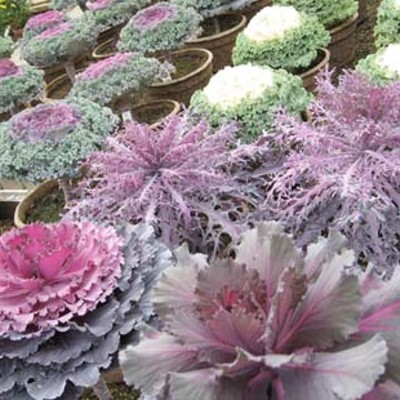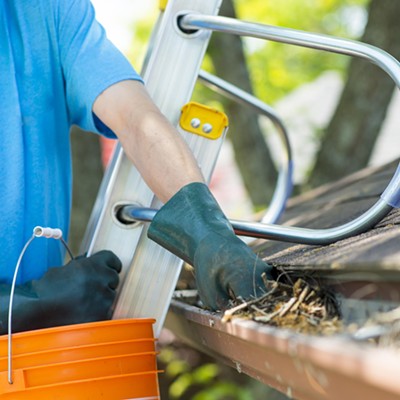While our landscapes received a good drink of water in September, we need more rain. The most important investment in your landscape is trees and shrubs. Trees and shrubs entering winter without adequate soil and tissue moisture become more susceptible to low temperature injury or rapid fluctuations between warm and cold.
Symptoms of drought stress include wilting, curling of edges, yellowing and/or brown outside edges of leaves.
Evergreens and broadleaf evergreens should enter winter well watered. Evergreens continue to lose water through their leaves even in the winter. Broadleaf evergreens, including boxwoods, yews, rhododendrons and hollies are especially prone to winter burn from winter winds.
How much water? This question is difficult to answer. Some variables include the size of the plant, the soil type and watering practices. Most trees and shrubs will benefit from one inch of water per week applied in one slow, thorough soaking. It is important to water slowly because this allows the water to soak deeper into the soil.
A rule of thumb for a newly planted tree (less than three years old) is to slowly apply 10 gallons of water for each inch of trunk diameter every five to seven days.
For mature trees and shrubs, be sure to cover the root zone at least to the dripline. The dripline is the outer edges of the tree’s branches. Keep in mind that the root zone of a mature tree can extend three times the width of the tree canopy.
The best watering method is to use drip irrigation or soaker hose. If you don’t have a long enough hose or water source, use a watering bag or create your own five-gallon bucket system. Drill several 1/4 inch holes in the bottom of a five-gallon bucket, fill the bucket with water and set it under the dripline of the tree. Use at least three buckets per tree.
Besides watering, it is a good idea to add a three-inch layer of organic mulch over the root zone to help conserve soil moisture. Be sure to mulch at least to the canopy edge of the tree. Keep mulch at least six inches from the trunk of the tree.
Keep in mind that tree and shrub roots will absorb water until the ground freezes.
Many times trees that are under stress, including water stress, become more prone to insect and disease injury. So, my message is water, water, water. However, be sure to check your city ordinances for water restrictions. City, Water, Light and Power consumers can view water restrictions on their website at http://cwlp.com/water_restrictions.htm.
Jennifer Fishburn is horticulture educator with University of Illinois Extension, Logan-Menard-Sangamon Unit.

